Aerospace R&D has been a driving force for innovation pushing major technological advancements that have redefined transportation, led to incredible discoveries, and sheparded in a fourth industrial revolution—digital transformation—which will create exciting opportunities for revolutionary transitions. AIAA can provide thought leadership and be a trusted voice, guiding the larger community through this shift. Interdisciplinary work fostered by advanced collaboration promises to yield breakthroughs in aeronautics and aerospace systems. Digital transformation is driving model-based technological advances such as digital engineering, digital twin, and digital thread, which are expected to accelerate the pace of R&D to deployment of advanced systems significantly. Such innovation can lower overall total lifecycle cost and ultimately improve customer experiences.
Across aeronautics and aerospace, we are information rich, but knowledge poor. We need smarter collaboration between people and their machines and tools to harvest the data. Digital transformation will allow us to capture knowledge, use it in models, and then apply it to new materials. Rapid prototyping and integration will accelerate first-design feasibility. We also need to enable artificial intelligence and machine learning to make our machines smarter. Shifting routine tasks to machines will allow our workforce to focus on tackling the next generation of technology challenges.
Within the Aerospace R&D Domain, we must address significant issues including potential cyberattacks on aerospace systems and building autonomous systems from a moral, ethical, and legal perspective. We also must find ways to accelerate the deployment of technology, with appropriate testing to help ensure success.
Key Topics
-
 Advanced Manufacturing and Advanced Materials
Advanced Manufacturing and Advanced Materials How do we incorporate multifunctional materials, create lighter systems through the application of new materials and new manufacturing techniques, and accelerate the certification of new materials and new manufacturing processes?
-
 Autonomy
Autonomy We must safely insert advanced information technologies into aerospace systems and provide smart contingency management capabilities across all aerospace plattorms. How can we leverage lessons from the automotive industry to help us address emerging issues, such as increasing congestion in both air and space traffic? We should consider how we adopt a human-centered autonomy approach.
-
 Artificial Intelligence/Machine Learning
Artificial Intelligence/Machine Learning Recent developments in artificial intelligence and machine learning are making headlines, and are already having a strong impact on how aerospace professionals work. How will Al and ML impact aerospace science and engineering practices? How can Al and ML applications provide new pathways for safer, faster, and more cost-effective aerospace system development?
-
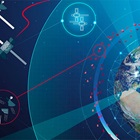 Resilient and Assured Systems
Resilient and Assured Systems With increasing levels of autonomous control, how do we ensure that the resulting behaviors satisfy legal, moral, and ethical perspectives? As we create increasingly more complex and adaptive systems, how do we ensure that these systems are as safe, or safer, than previous generations? How do we accelerate lessons learned and incorporate into already deployed systems? As systems become more self-aware, can they adapt their control systems to reflect sensor or mechanical disruptions?
-
 Transformative Systems Engineering
Transformative Systems Engineering How do we embrace digital twin concepts being inspired by engineered resilient systems and accelerate adoption of model-based systems engineering (MBSE)? How do we create frameworks to incorporate new technologies into system engineering methodologies, such as human-AI teaming and advanced materials more effectively? And we must leverage new digital techniques to reverse the trend of increasing timelines from first flight to initial operational capability.
EVENTS
COURSES
NEWS
-
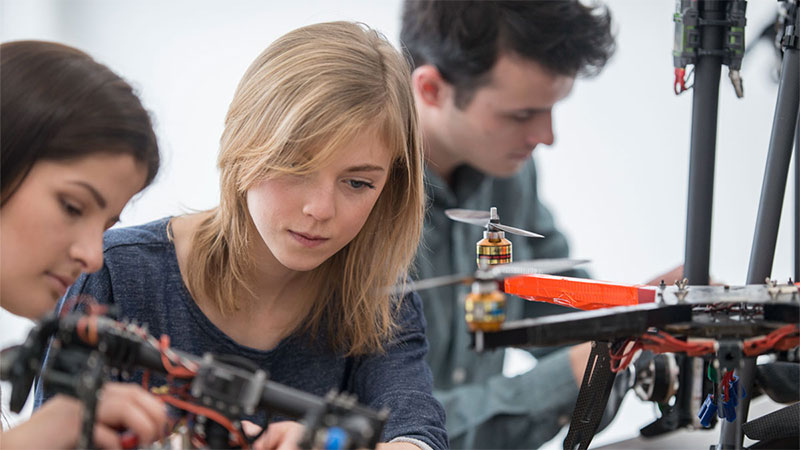 AIAA Classroom Grants “How To” Webinar
AIAA Classroom Grants “How To” Webinar
18 November 2025 6:00 pm - 18 November 2025 7:00 pm
Online
AIAA’s Classroom Grants provide opportunities for teachers to supplement their lesson plans with hands-on STEM activities that engage students in creative and innovative projects. In this webinar, hear from a panel of past recipients and learn best practices and advice on how to write a successful grant application. The webinar is free and available for
-
 STEM Knight
STEM Knight
19 November 2025 5:30 pm - 19 November 2025 7:30 pm
STEM Knight brings students, families, and community partners together for an evening of exploration and discovery! Volunteering deadline due 11/12th to [email protected]. There will be: Paper Airplane Competition Biplane Crafting Sharing Aerospace History RSVP/Register
-
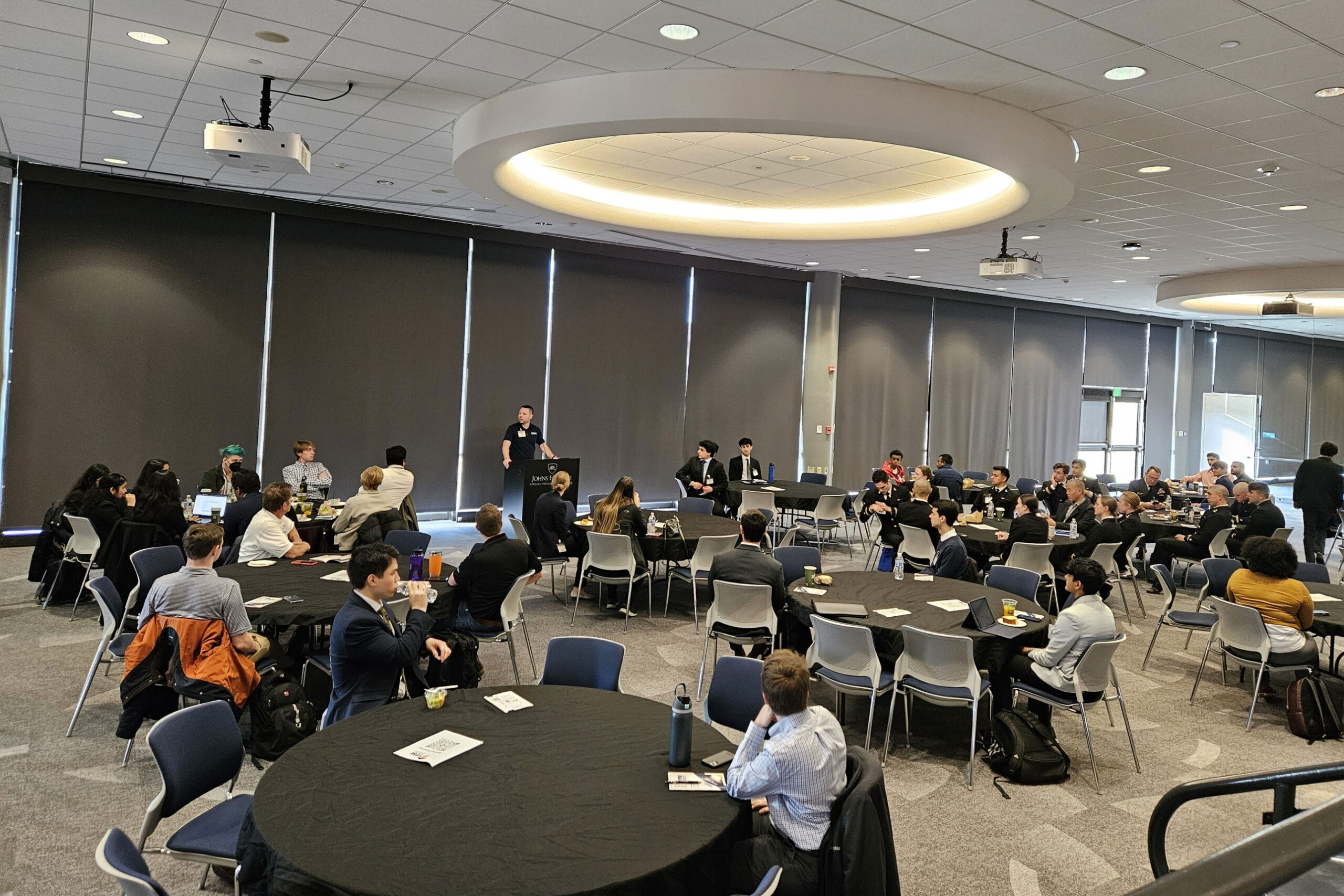 2025 AIAA Young Professionals, Students, and Educators (YPSE) Conference
2025 AIAA Young Professionals, Students, and Educators (YPSE) Conference
21 November 2025 12:00 am - 21 November 2023 12:00 am
The AIAA Mid-Atlantic Section is organizing the AIAA Young Professionals, Students, and Educators (YPSE) Conference, to be held 21 November.
-
 2025 Region VII Student Conference
2025 Region VII Student Conference
1 December 2025 12:00 am - 2 December 2025 12:00 am
AIAA is pleasead to announce that the Region VII/International Student Conference will be held from 1–2 December 2025 at the University of Sydney Student Branch, Sydney, Australia & Online.
-
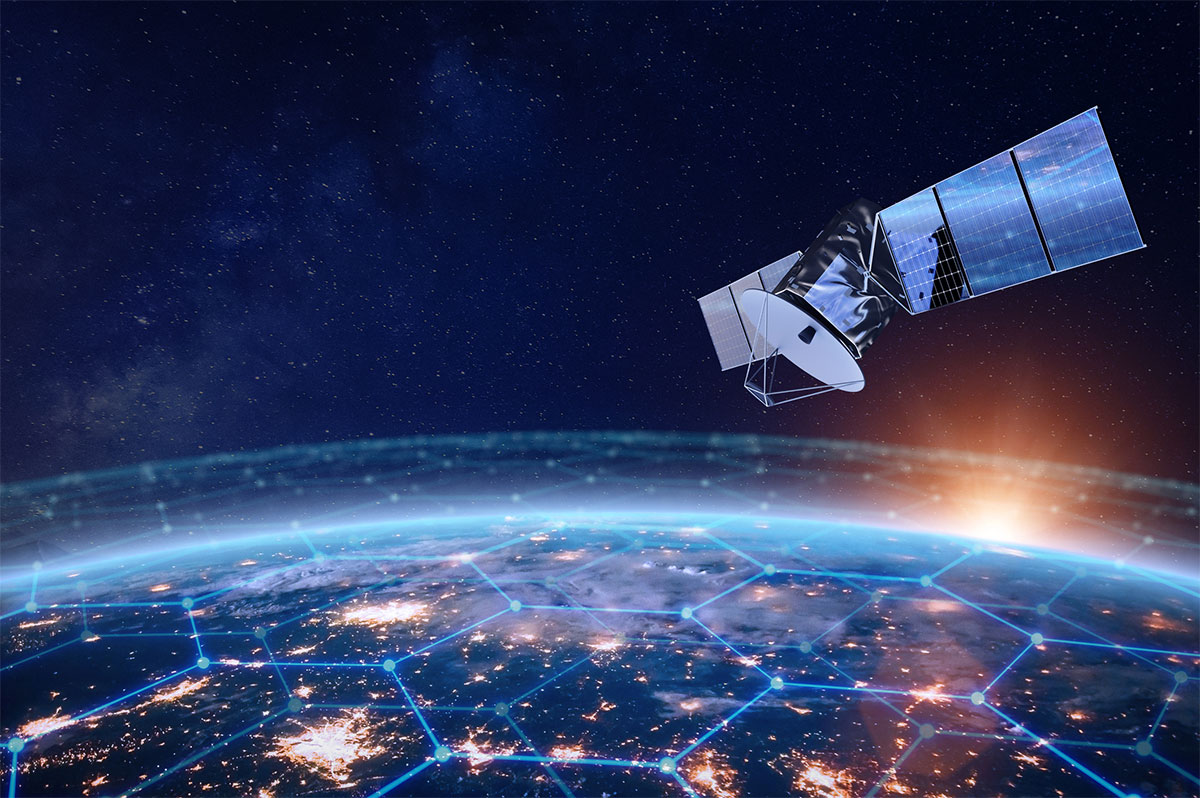 Daniele Mortari Astronautics Symposium
Daniele Mortari Astronautics Symposium
11 December 2025 12:00 am - 12 December 2025 12:00 am
To recognize his scientific contributions, retirement, and the 70th birthday of Professor Daniele Mortari.
-
 AIAA SciTech Forum 2026
AIAA SciTech Forum 2026
12 January 2026 12:00 am - 16 January 2026 12:00 am
The AIAA SciTech Forum program covers the science, technologies, and policies that are shaping the future of aerospace. The forum is the largest event for aerospace research, development, and technology in the world.
-
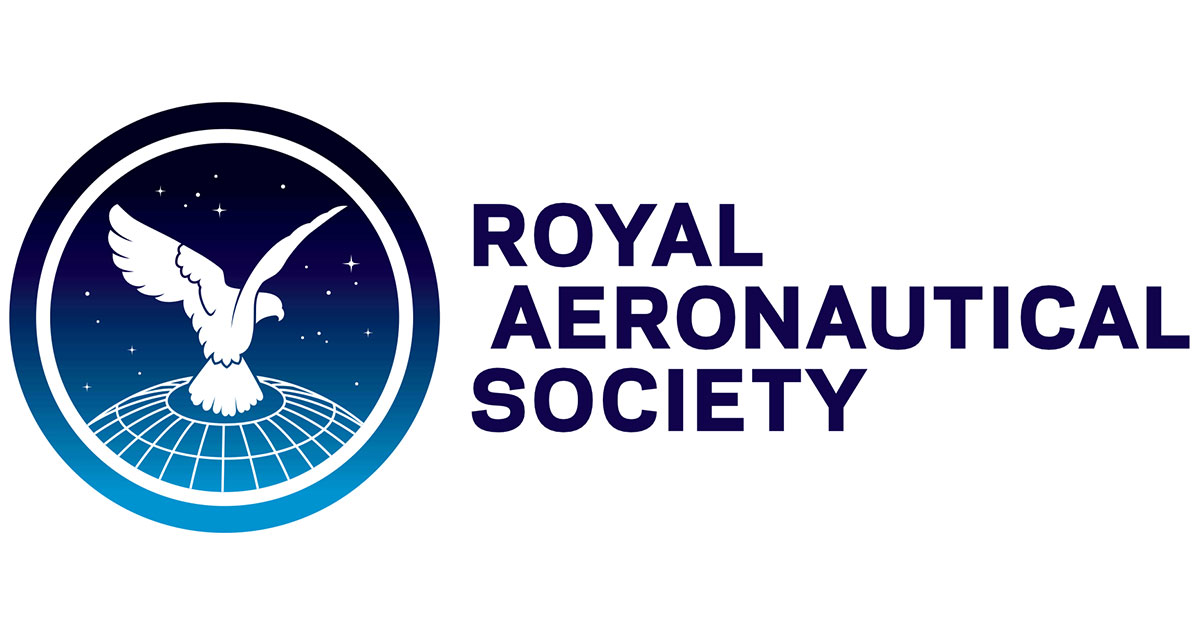 CFD Validation Challenges: Perspectives from Modelers and Measurers
CFD Validation Challenges: Perspectives from Modelers and Measurers
18 February 2026 12:00 am - 19 February 2026 12:00 am
Join us for an inspiring exchange of ideas, networking opportunities, and collaborative discussions aimed at fostering innovation and addressing the pressing mathematical issues faced in today’s technological landscape.
-
 ASCENDxTexas 2026
ASCENDxTexas 2026
25 February 2026 12:00 am - 26 February 2026 12:00 am
ASCENDxTexas 2026 will focus on the innovation and adaptation necessary to navigate the evolving space economy–from policy discussions to commercial challenges and changing timelines, the next giant leap starts here.
-
Technical Writing Essentials for Engineers – Online Short Course (Started 10 November 2025)
10 November 2025 - 19 November 2025
This short course introduces students to essential technical writing skills for proposals, technical reports, and process or requirements documents.
Open for registration. Register Now
-
Applications of Generative AI with Large Language Models in Aviation and Aerospace
Instructed by Barclay R. Brown, Ph.D, Assoc. Dir AI Research, Collins Aerospace Explore AI’s Frontiers in Aviation and Aerospace! All students will receive an AIAA Certificate of Completion at the end of the course.
Open for registration. Register Now
-
AI Design and Deployment Risks for Aerospace Applications
Deepen your understanding of aerospace autonomy and AI risk management with this fourth AIAA course in the Responsible AI series. It focuses on measuring, assessing, and mitigating the inherent risks in AI systems, from safety and security to governance and legal interventions. All students will receive an AIAA Certificate of Completion at the end of
Open for registration. Register Now
-
AI for Aerospace Applications: Ethics, Policy, and Society
Navigate the intersection of AI, ethics, policy, and societal impact with this course tailored to the unique challenges of AI and aerospace applications. All students will receive an AIAA Certificate of Completion at the end of the course.
Open for registration. Register Now
-
Systems Engineering and Responsible Artificial Intelligence for Aerospace Applications – Online Short Course (Starts 24 March 2026)
24 March 2026 - 16 April 2026
Advance your expertise with this essential course, focusing on responsibly building systems with Artificial Intelligence and using AI to enhance the systems engineering and deployment processes, all the while understanding and managing risks.
Open for registration. Register Now
-
The Digital Transformation of Test & Evaluation
This is the only short course available that directly connects the Digital Engineering revolution with the aerospace Test & Evaluation processes This is Part 2 of a two-course series on Digital Engineering. Part 1 is “Digital Engineering Fundamentals” and starts on 24 March. All students will receive an AIAA Certificate of Completion at the end of
Open for registration. Register Now
-
Digital Engineering Fundamentals
Open for registration. Register Now
-
Essential Model-Based Systems Engineering – Online Short Course (28–29 April 2026)
28 April 2026 - 29 April 2026
This course is ideal for technical or non-technical professionals preparing to undertake digital transformation in their organizations.
Open for registration. Register Now
-
 AIAA Statement on Tenth SpaceX Starship Test Flight
AIAA Statement on Tenth SpaceX Starship Test Flight
27 August 2025
AIAA issued the following statement from CEO Clay Mowry: “Congratulations to the SpaceX team on the incredible 10th…
-
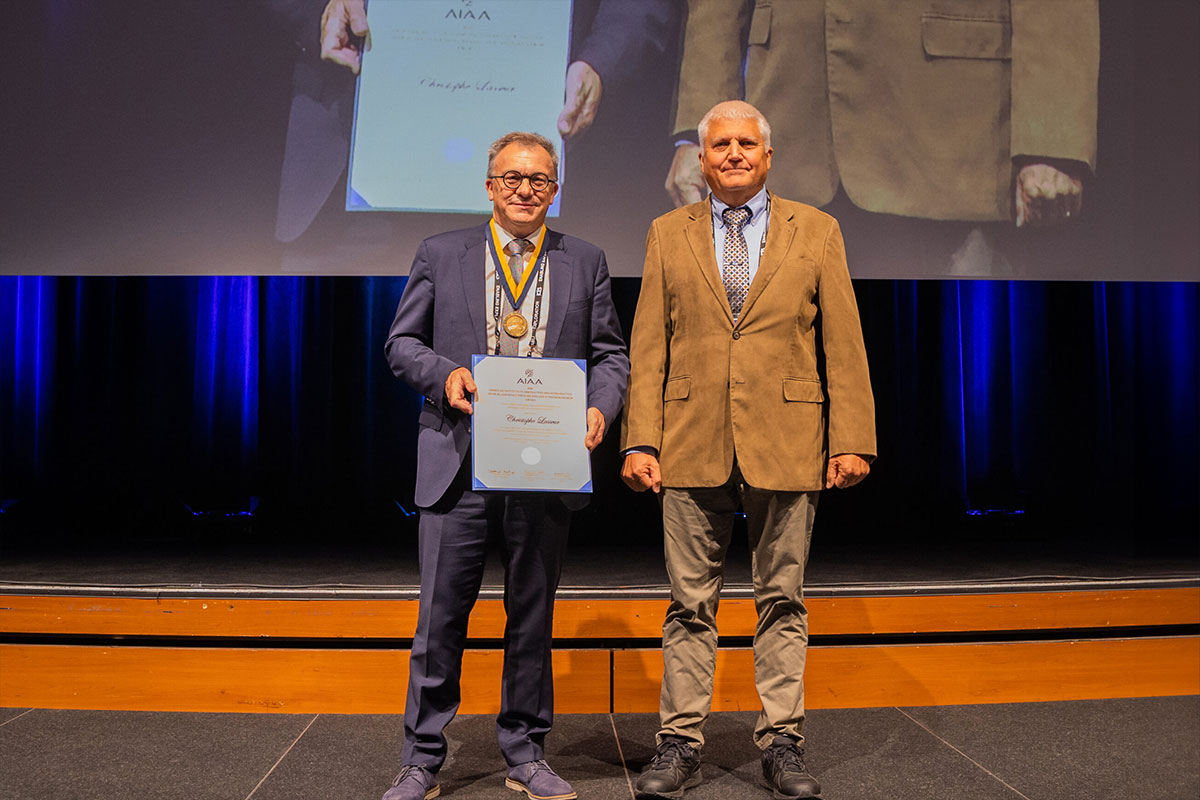 AIAA Award Presented at International Conference on Environmental Systems
AIAA Award Presented at International Conference on Environmental Systems
The 2025 AIAA Jeffries Aerospace Medicine and Life Sciences Research Award was presented…
-
 AIAA Mourns the Passing of James A. Lovell
AIAA Mourns the Passing of James A. Lovell
14 August 2025
AIAA issued the following statement by AIAA CEO Clay Mowry: “AIAA joins the aerospace community in mourning the loss of Captain James A. “Jim” Lovell…
-
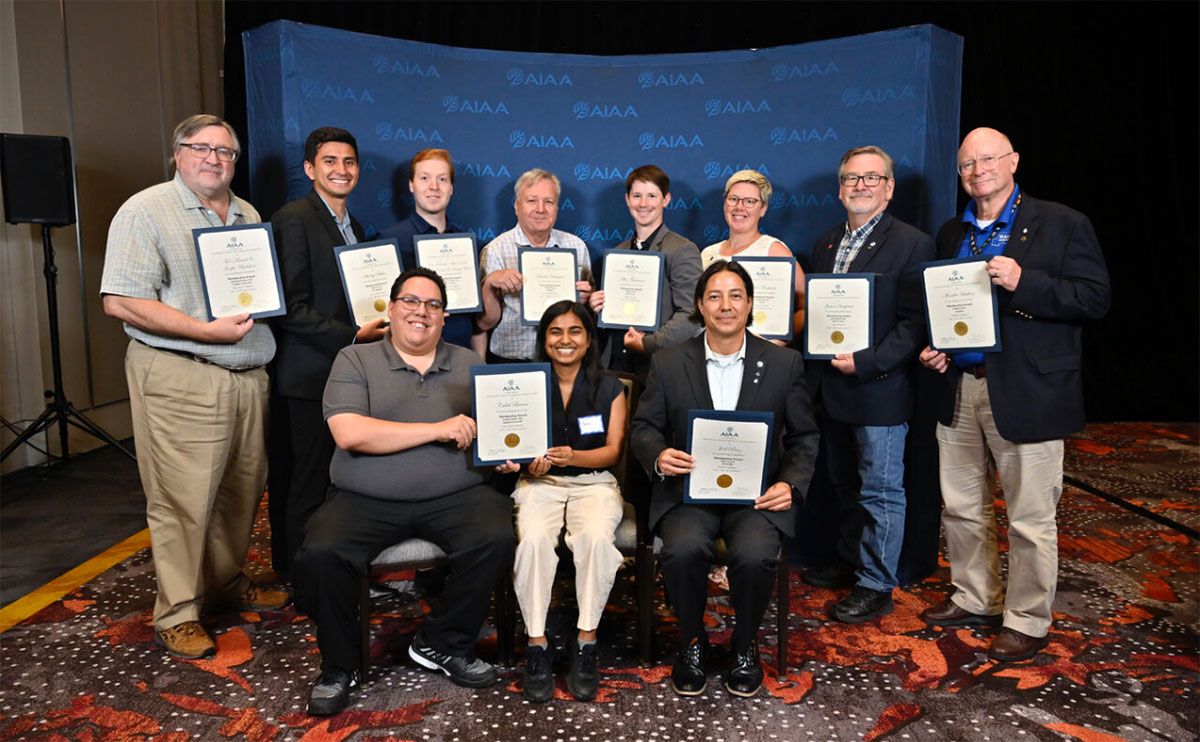 AIAA Announces 2024-2025 Section Award Winners
AIAA Announces 2024-2025 Section Award Winners
4 August 2025
AIAA announced its 2024-2025 section award winners during its Regional Leadership Conference in Las Vegas, Nevada. The section awards…
-
 AIAA Statement on the NASA SpaceX Crew-11 Launch
AIAA Statement on the NASA SpaceX Crew-11 Launch
1 August 2025
AIAA CEO Clay Mowry made the following statement: “We congratulate the entire NASA SpaceX team on its successful Crew-11 launch…
-
 Remembering Geoffrey Andrews: 2018 Abe Zarem Graduate Award Recipient and K-12 Subcommittee Chair
Remembering Geoffrey Andrews: 2018 Abe Zarem Graduate Award Recipient and K-12 Subcommittee Chair
15 July 2025
On 19 June, AIAA and the aerospace community lost a bright, brilliant, and warm figure when Geoffrey Andrews, age 30, died in a plane crash.
-
 2025 Wright Brothers Lectureship in Aeronautics Awarded to Susan Ying, AMP2FLY
2025 Wright Brothers Lectureship in Aeronautics Awarded to Susan Ying, AMP2FLY
30 June 2025
AIAA is pleased to award the 2025 AIAA Wright Brothers Lectureship in Aeronautics to Susan Ying, AMP2FLY. Ying will deliver…
-
 2025 AIAA David W. Thompson Lecture in Space Commerce Presented by Jamie M. Morin, The Aerospace Corporation, During 2025 ASCEND
2025 AIAA David W. Thompson Lecture in Space Commerce Presented by Jamie M. Morin, The Aerospace Corporation, During 2025 ASCEND
27 June 2025
AIAA is pleased to announce the 2025 AIAA David W. Thompson Lectureship in Space Commerce is awarded to Jamie M. Morin, Vice President, Defense Strategic Space…

